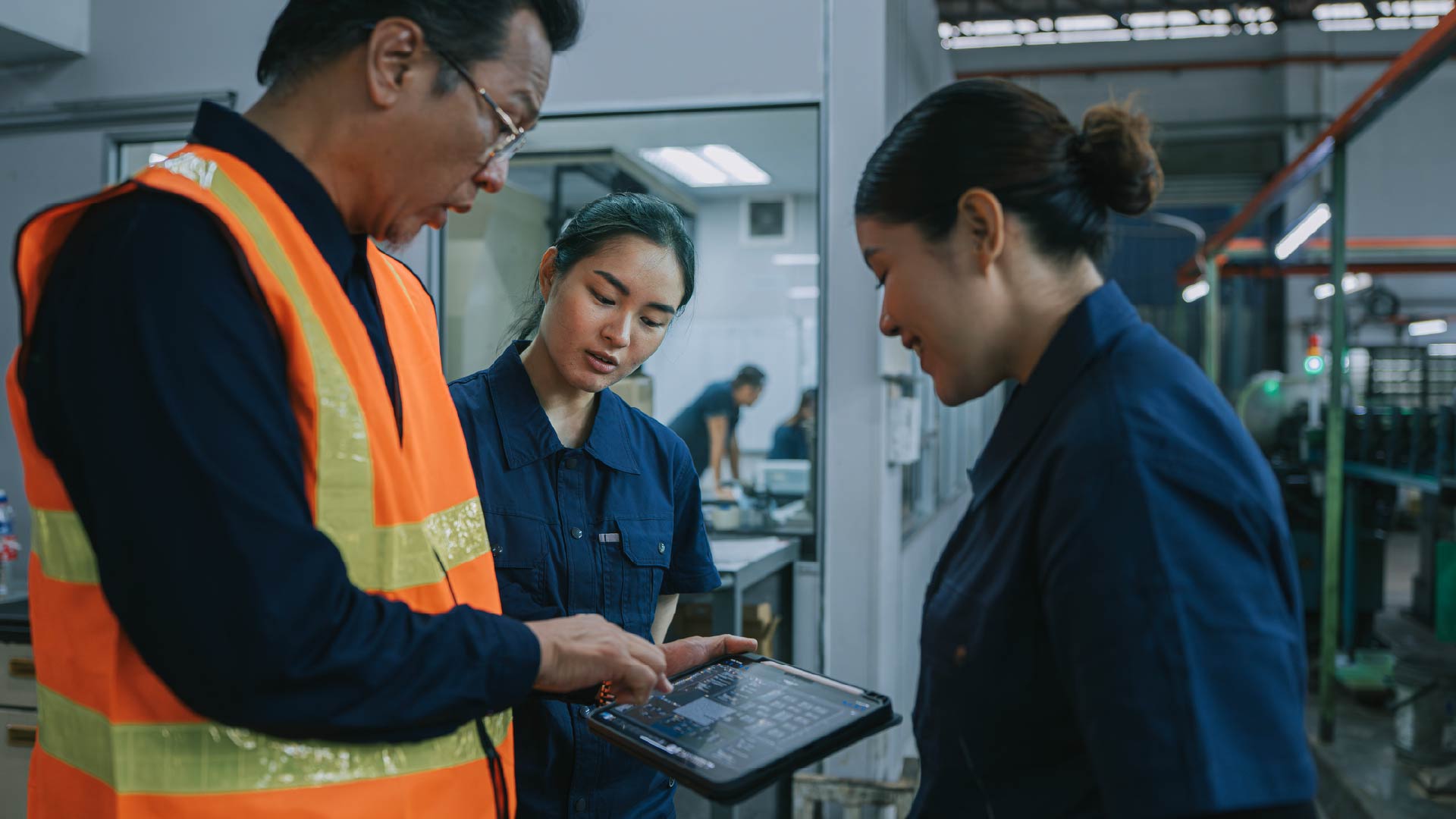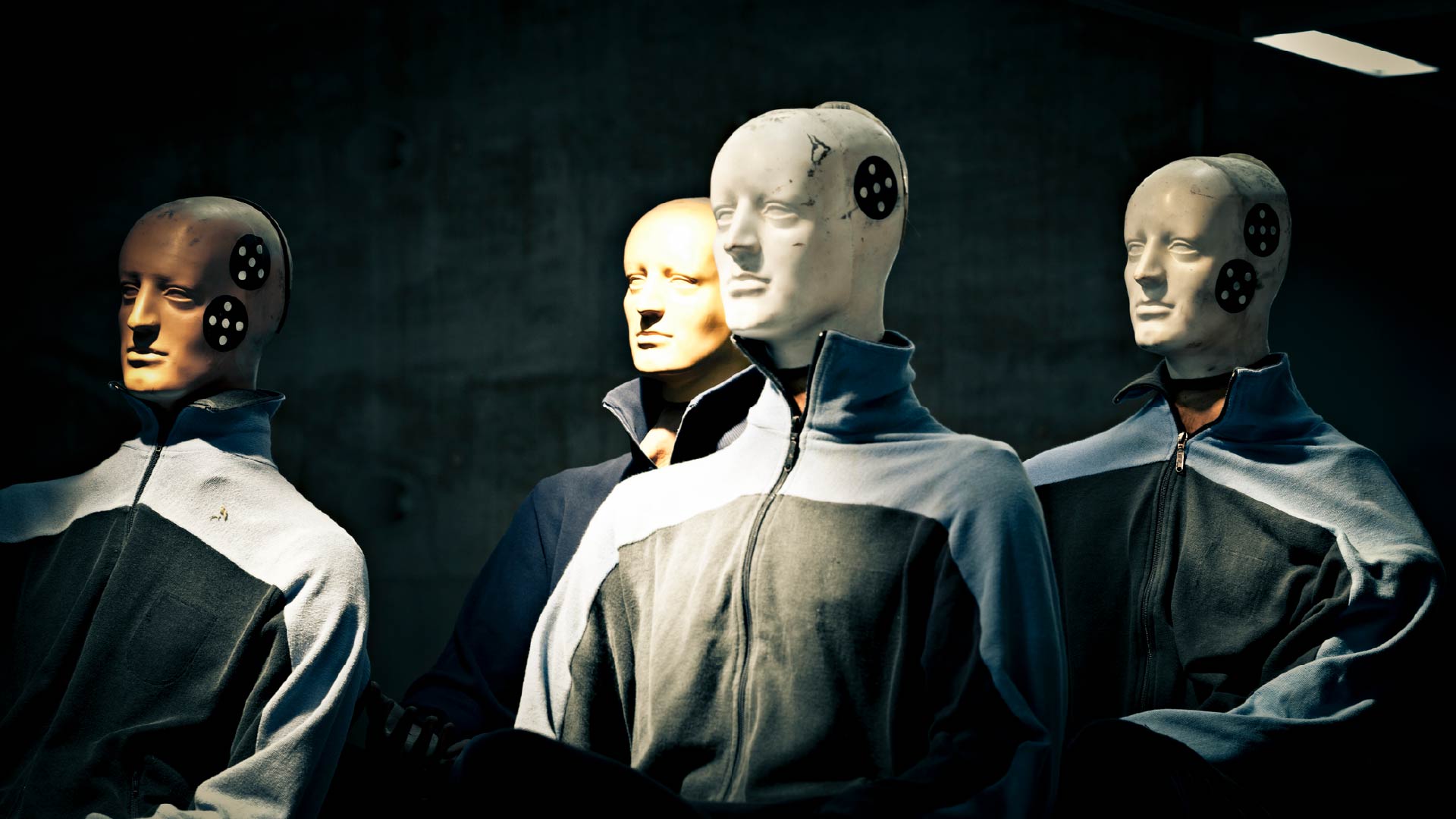How AI And Smart Tech Are Transforming Workplace Ergonomics
Work-related musculoskeletal disorders (MSDs) are the most common work-related health problem in the EU. In the UK alone, 473,000 workers are affected by MSDs daily, resulting in the loss of over 6.6 million working days annually, according to the UK Health and Safety Executive. However, this could all change: today’s rapidly evolving technological landscape is driving a significant transformation in ergonomic risk assessment and management. The post-pandemic shift in work modes has accelerated this change, prompting organizations to prioritize workforce health and productivity more than ever before. As a result, innovative technologies are transforming our approach to workplace safety.
Increasing integration of AI and machine learning is at the forefront of this transformation. These advanced systems are enabling automated ergonomic assessments with unprecedented accuracy, as organizations can use wearable sensors and 3D footage analysis to identify patterns, predict risks and offer personalized recommendations for risk reduction. This is a significant shift away from traditional checklist questionnaires, moving towards proactive ergonomic risk management.
The implementation of wearable devices and Internet of Things (IoT) sensors facilitates real-time ergonomic monitoring. Continuous data collection allows decision-makers to immediately detect and address ergonomic issues, fostering a more responsive and safer work environment.
Computer vision and video analytics have also emerged as non-intrusive methods for workspace risk assessment. For example, 3motionAI uses AI-driven motion capture technology to create 3D skeletal models from standard 2D video, allowing detailed ergonomic assessments without special equipment. Advanced imaging technologies like this provide comprehensive monitoring of ergonomic risks and safety issues, offering a holistic approach to workplace safety.
As we navigate the future of work, these technological innovations are not just enhancing our ability to manage ergonomic risks – they're redefining it, promising a safer, more productive workplace for all. To gain deeper insights into ergonomic assessment and management solutions within the current market landscape, please see Verdantix Buyer’s Guide: Ergonomic Assessment And Management Solutions (2024).
About The Author

April Choy
Industry Analyst





